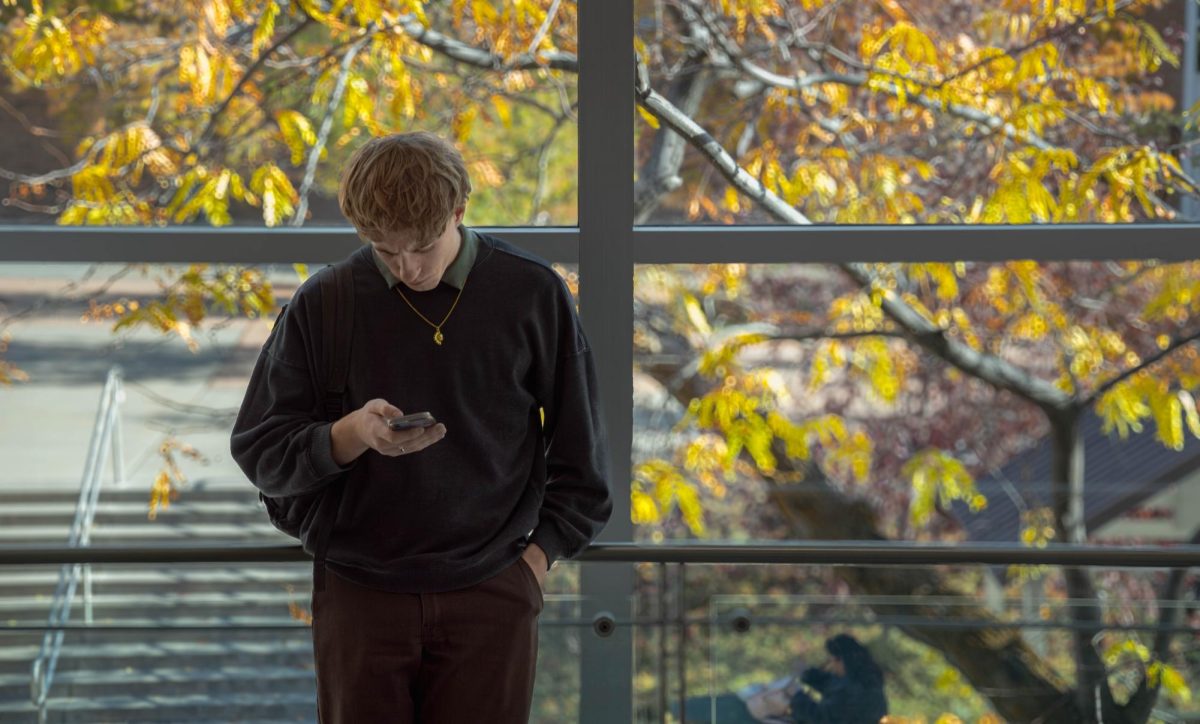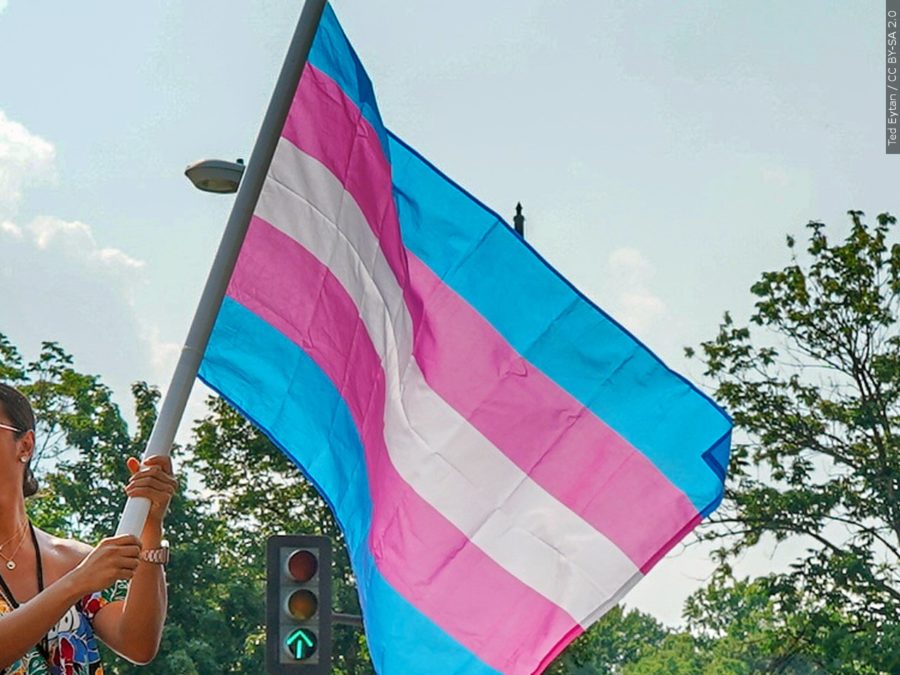As a part of constitution week at WSU, New York Times graphics editor Kevin Quealy talked to students about how he got to where he was, and how graphics aren’t just pictures online.
“I’m a graphic editor, not the graphic editor,” Quealy emphasized several times during the day.
During his visit, Quealy met with The Signpost and Studio 76, as well as held a lecture for students Wednesday afternoon.
During interviews Quealy touched on topics including the importance of collaboration, the fulfillment of creating things that haven’t been done before, the fact that he landed his dream job and that deadlines always have a way of sneaking up on you.
“Deadlines are crushing and are always there,” Quealy said.
Not only did Quealy discuss collaboration, he also mentioned that one must be curious in order to be a journalist and anyone has the ability if they choose. Quealy became a journalist because he said he was interested in making things and wanted to use his curiosity to do reporting.
According to Quealy, working for the New York Times is his dream job. He said it’s a great place to work.
Quealy also praised the New York Times for constantly changing due to the amount of people using the digital version of the Times.
Students came to see Quealy for various reasons. Senior Jessica Mullis said she wanted to get insight on what it’s like to work for a big corporation.
One student thought coming to the presentation would help her in class with an assignment.
“I thought I could get some ideas on how to approach fixing an infographic in class,” senior Shirly Jackson said.
Similarly, sophomore Taylor Winnie said she wanted to learn anything about being a better writer and journalist.
During Quealy’s presentation to students he repeatedly said he empathizes with college students, what they are going through and how hard they work.
“I’ve been there,” he said. “I’m always happy to talk to students and help them get their questions answered.”
The presentation was more like a discussion among the students and Quealy. He mentioned that he is an informal person, prompting students to ask as many questions as they like throughout the talk.
Quealy walked students through the process of a few projects using four main steps: curiosity, reporting, sketching and publishing. Quealy said that it’s important in journalism to find a question, find a structured way to approach answering it and find how to make it happen.
Students who came to see Quealy said they had a good experience. Sophomore Shounte Pyles said Quealy’s lecture was very informative and she was able to absorb knowledge.
Junior Cyler Preece said, “I’m not familiar with journalism, but it’s cool to learn how the use the data and charts and all that.”












